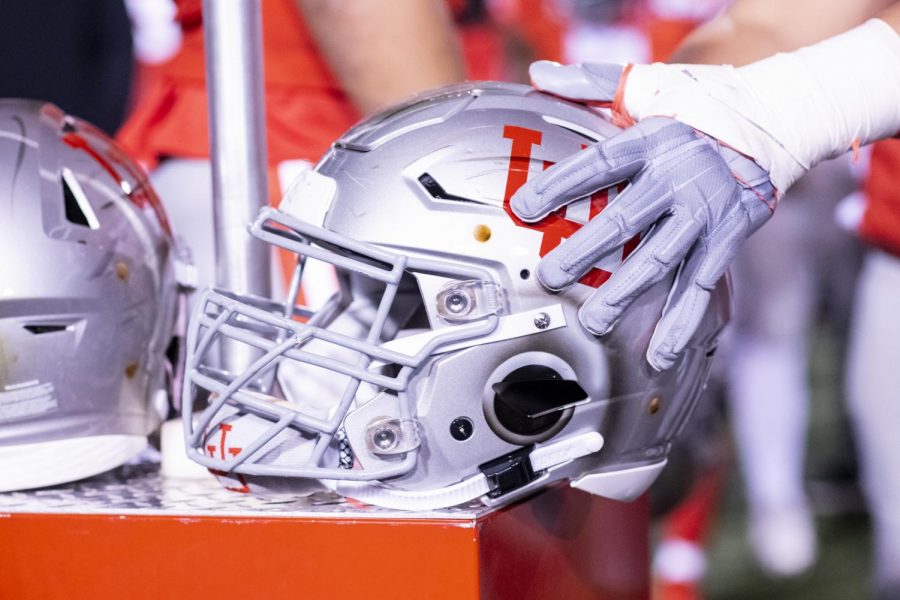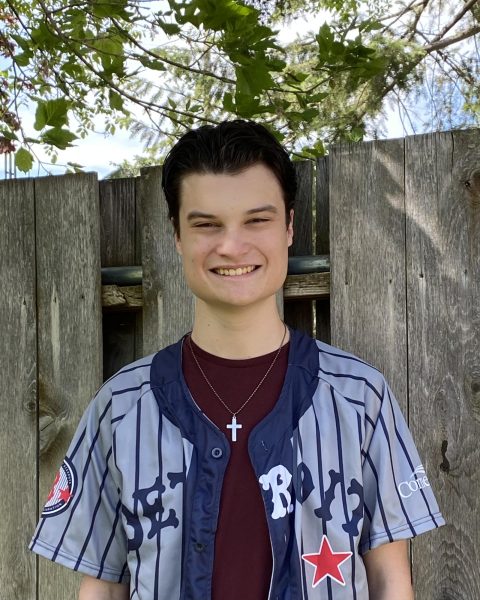Uniforms have been a core characteristic of sport for a long time. Used to differentiate between teams and players, they have come a long way since the early days of sporting. Nowadays, uniforms are extremely high-tech. Years worth of innovation and improvement have made them like never before.
These new technologies have enabled uniforms to be lighter, more damage resistant, more comfortable for players, and have endless design possibilities. As a result, uniform design has become a major spectacle in the world of sports. Fans have grown to appreciate the world of uniform design, with fan accounts and webpages being dedicated to the art.
Understanding the fan support for their team’s uniforms, many leagues have worked to increase the number of uniform design opportunities. With initiatives such as the NBA’s City Edition, MLB’s City Connect, NHL’s Reverse Retros and the NFL’s famous Color Rush program, gone are the days of just “Home” and “Away” uniforms.
With expanded opportunities for teams to sport more uniforms, many franchises have opted to honor their histories with throwback uniforms. On the spectrum of fan approval, throwback uniforms cover all facets of criticism. Some throwback uniforms are loved and praised by fans, while others are thrashed and judged heavily.
Such responses to these uniforms raises the question, “What makes a good throwback uniform?” To answer this question, let’s explore some examples of throwback uniforms, examine their characteristics and corresponding fan reception, and aim to make a connection.
The Good
Many instances of teams revealing throwback uniforms have resulted in fan favorites. Some of the most prominent recent examples of this can be found in the NFL. In 2023, the Philadelphia Eagles brought back their fan-favorite Kelly Green Uniforms, which they wore in the early nineties. Jacksonville also introduced a throwback this year, returning to their original look from when they joined the league in 1995. Both of these uniforms, as expected, saw tremendous support from fans.
For the MLB’s special event at Rickwood Field this past season, both the San Francisco Giants and St. Louis Cardinals wore their cities’ respective Negro League throwback uniforms. Honoring these historic franchises, both the attention to details and extensive meaning behind these uniforms led to them being a huge success.
At the collegiate level, the Utah women’s basketball team recently revealed throwback uniforms of their own. Honoring the 50th anniversary of the team, the uniforms consisted of a retro-wordmark on the front and the classic Utes logo on the back. With simplistic design, the jerseys did a great job of highlighting the past without being overly busy.
The Bad
While many throwbacks are loved from the instant they’re revealed, this is not the case for all uniforms. Over the years, and across all sports, some throwback uniforms have become notorious for their hideous appearances.
The NFL has had its fair share of unappealing throwbacks throughout the years. The Denver Broncos’ AFL throwbacks, complete with vertically striped socks, were largely considered an eyesore by fans. The Steelers’ classic 1933 jerseys, which earned the “bumblebee” title from fans, are often included on lists of the worst uniforms of all time.
The NHL’s oldest franchise, the Montreal Canadiens, introduced their infamous “barber pole” jerseys in 2009 to celebrate their centennial anniversary. While the meaning was important, the aesthetics were not up to par.
Alternatives, some throwbacks that have nice aesthetics, still fall short when it comes to history. The most prominent examples of these can be found in the Tennessee Titans’ Oilers uniforms and the Carolina Hurricanes’ Whalers uniforms. Both uniforms are considered top-notch when it comes to design and overall look, but still, they are not perfect.
The faults of these uniforms become apparent when it is realized that these uniforms are not associated with the cities these teams play in. The Whalers left Hartford, Connecticut in 1997, becoming the Hurricanes. And while the Tennessee Oilers existed for two seasons, most fans associated the name with the franchise’s 36-year tenure in Houston. As a result, many fans felt that the usage of these uniforms as throwbacks was distasteful.
What To Take Away
Looking at these uniforms, their key characteristics, and how fans responded to them, one can make rudimentary observations for what makes a “good” throwback uniform. First, and foremost, the meaning behind a throwback uniform carries a lot of weight. The symbolism, nostalgia and history associated with a particular uniform can transform a so-so appearance to an amazing throwback opportunity.
Furthermore, the ability to translate to modern standards are key. Among the aforementioned “bad” uniforms, many of them were disliked because of their inability to properly translate to modern uniform designs. Choosing uniforms with design characteristics that easily transfer to current-day uniform layouts, trends and technologies is a great starting point for a designing a new throwback.




michael barrett • Feb 13, 2025 at 7:21 pm
Great articles on the trans movement, free speech, and retro sports uniforms. A trifecta of winners!